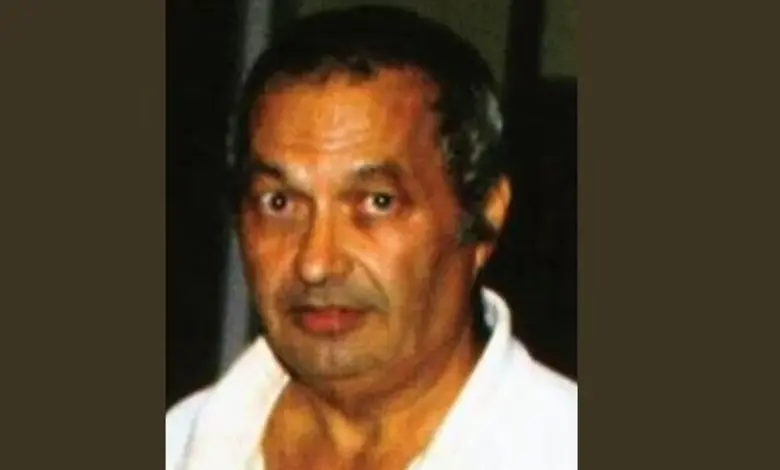Noshir Gowadia: A Pioneer in Aerospace Engineering

Introduction
Noshir Gowadia, an esteemed aerospace engineer, has recently garnered attention for his significant contributions to technology and defense systems. His work, which combines engineering prowess with innovative solutions, stands as a crucial touchpoint in India’s evolving aerospace and defense landscape. With increasing advancements in technology, understanding the contributions of professionals like Gowadia is vital for those interested in this field.
Professional Background
Born in 1945, Noshir Gowadia graduated from the Indian Institute of Technology (IIT) Bombay before moving to the United States for further studies. His career kicked off in the aerospace sector, taking on roles that would see him contribute to vital projects, particularly in advancing missile systems and stealth technology. Over the decades, Gowadia has been associated with several eminent organizations, playing key roles in various projects that enhanced national security.
Key Contributions and Achievements
Gowadia is perhaps best known for his work on the U.S. B-2 Spirit stealth bomber, where he innovatively contributed to the development of the aircraft’s propulsion system. His expertise in propulsion and stealth technology presented new dimensions in defense capabilities not just for the U.S. but also inspired future generations of Indian engineers. In addition, Gowadia has actively participated in collaborative defense technology projects between India and the United States, advocating for shared knowledge and resources in aerospace engineering.
Recent Developments
Recently, Noshir Gowadia has taken on a role in advocating for educational initiatives in aerospace engineering, emphasizing the importance of nurturing young talent in this sector. His efforts to mentor aspiring engineers reflect his commitment to advancing the field and ensuring that future leaders are well-prepared for the challenges they will face. Furthermore, there are discussions about his contributions being included in formal academic curricula, thereby solidifying his legacy in educational institutions across India.
Conclusion
Noshir Gowadia’s career trajectory epitomizes the intersection of innovation and defense technology, solidifying his status as a key figure in the aerospace community. As aerospace continues to evolve with the advent of new technologies, his insights and innovations will likely serve as foundational elements for future developments. For readers interested in aerospace engineering and defense, understanding the work of pioneers like Gowadia is crucial, as their contributions will shape the future of aviation and defense strategies globally.









